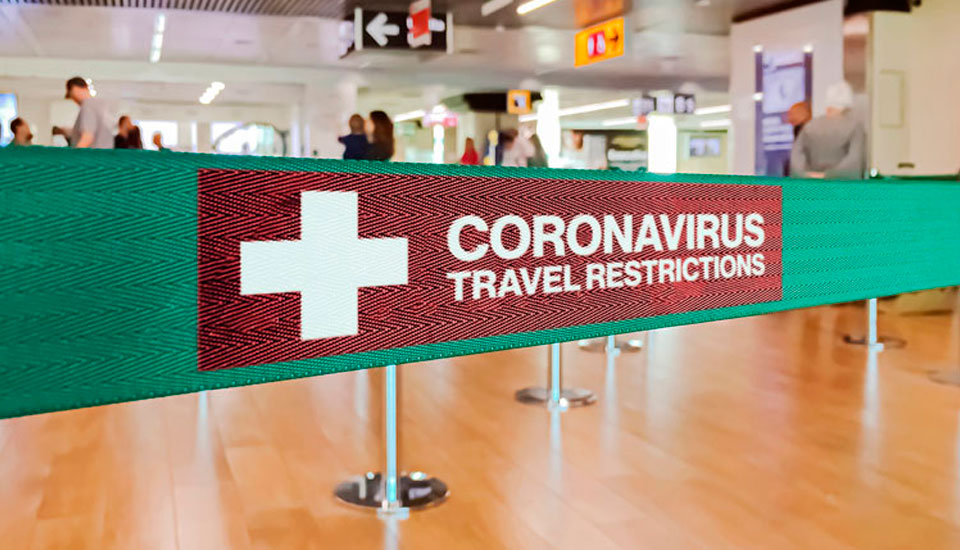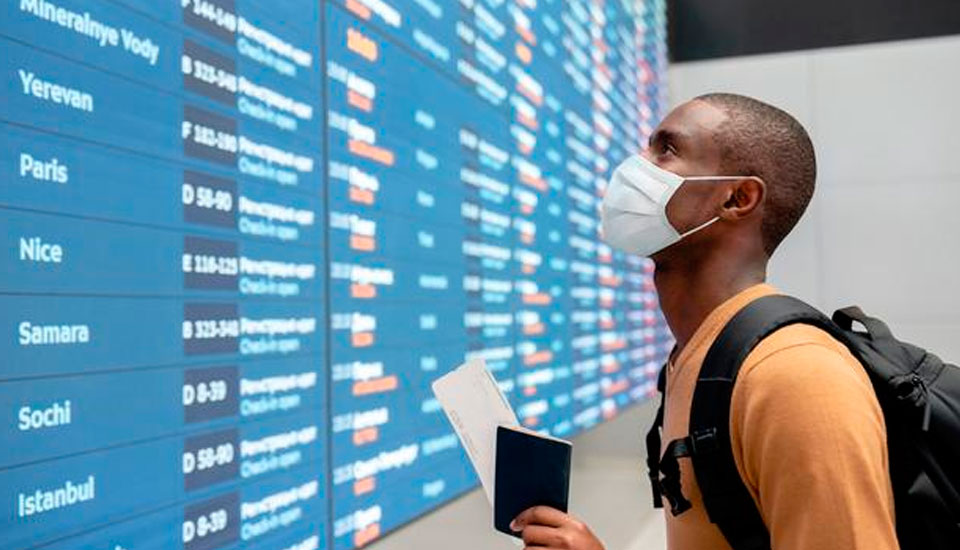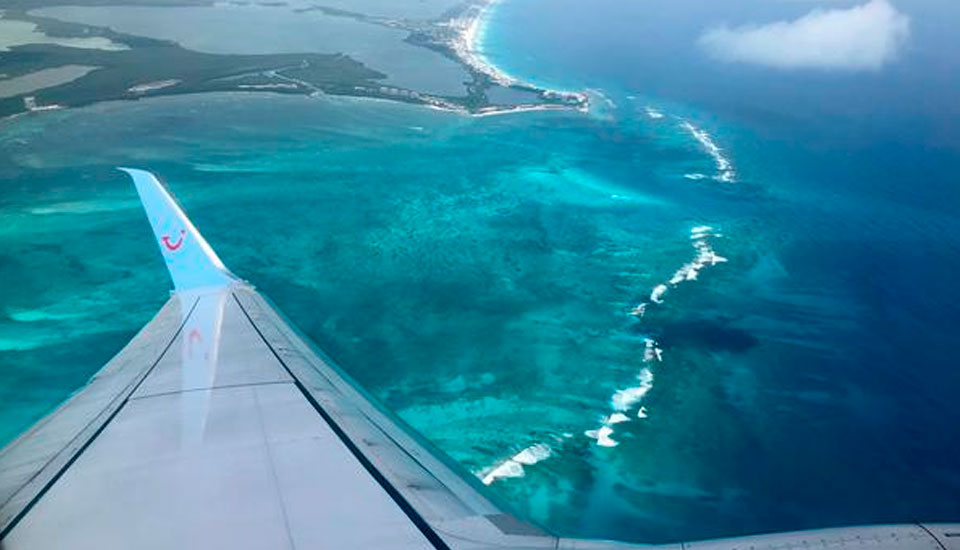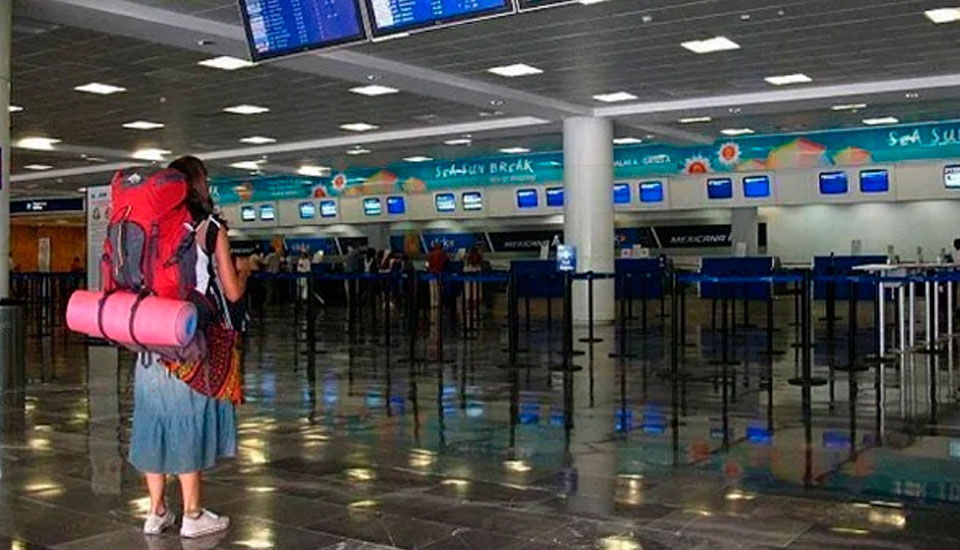Traveling isn't for everyone right now as COVID-19 cases and deaths across the United States continue to rise, ushering in stringent entry restrictions in some places.

The Centers for Disease Control and Prevention (CDC) warns that travel can increase your chance of spreading and contracting COVID-19 and, as a result, continues to advise Americans that postponing travel and staying home is the best way to protect themselves and others amid the pandemic. With that guidance in mind, some destinations have implemented restrictions on travel requiring visitors to test negative for COVID-19 beforehand or quarantine for several days upon arrival in some cases.
However, TSA checkpoint numbers show that travel is picking up since coming to a virtual standstill last spring. As testing becomes more widespread and vaccines are administered to more people, destinations around the world are reopening in phases with enhanced health and safety measures in place. With the COVID-19 crisis an ongoing obstacle and travel restrictions likely to stick around though, travelers should take several key factors into consideration before deciding whether to venture out.

First and foremost, you should avoid any travel if you test positive for COVID-19 or have a known exposure to the virus, per CDC guidelines. If you aren't sick and haven't been in close contact with anyone who is or was, you're advised to consider your own health and that of those in your household as well the people you may be visiting as you or they may be at increased risk of getting very sick from COVID-19. In that event, you'll want to postpone your plans until the guidance changes.
If travel is still in the cards for you right now and you have an open destination in mind, be sure to look into how it's handling the spread of COVID-19 and monitor case numbers, infection rates and hospitalizations. You'll obviously want to avoid any COVID-19 hotspots or areas where travel restrictions could mar your trip and limit you to the confines of your hotel room depending on the length of your stay.

For example, visitors to Hawaii can bypass mandatory quarantine with a negative test result secured within 72 hours of departure while travelers to New York must “test out” of the state's mandatory quarantine by taking a second COVID-19 test after three days in isolation.
You'll have more to consider if traveling internationally, as the CDC will require all U.S.-bound air travelers to provide a negative COVID-19 test result taken within 72 hours of departure beginning January 26, 2021. Fortunately, many destinations and hotel and resort companies are responding swiftly by implementing convenient and free or cheap on-site testing programs so visitors can easily gain the necessary certification prior to boarding their return flight home.

If you're ready to get back to travel, the decision should ultimately come down to your health and that of those closest to you as well as whether your destination is open and has the virus under control. There's a lot to consider, but the world is opening up and travel is a possibility again.



